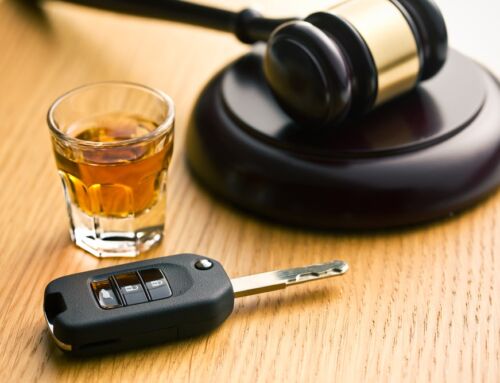Bicycle accidents can be complex events involving multiple parties and differing accounts of what occurred. When you’re involved in such an accident, it’s crucial to understand that both cyclists and drivers may share responsibility under the legal principle commonly known as comparative fault. This concept affects how damages are awarded in accident cases and can significantly influence the outcome of your claim. Below, our friends at Marsh, Rickard & Bryan, LLC discuss the details.
The Basics Of Shared Fault
Comparative fault, also known as comparative negligence, is a tort rule used for allocating damages when multiple parties are at fault in an accident. This principle allows a court to assign a percentage of fault to each involved party and reduce the damages accordingly. For example, if you are found to be 30% responsible for your bicycle accident, your recoverable damages will be reduced by 30%.
How Fault Is Determined
Determining who is at fault in a bicycle accident involves analyzing the actions of each party leading up to the incident. The process includes looking at traffic laws, right of way, signal usage, and the presence of any intoxicants or distractions. Law enforcement and insurance companies play a significant role in this phase, gathering evidence such as witness statements, traffic camera footage, and physical remnants from the accident scene.
The assignment of fault affects how much you can recover in a lawsuit or an insurance settlement. If you’re deemed partially at fault, your compensation will decrease proportionally. It’s essential to collect as much evidence as possible to support your account of the events. Documentation can include photos of the scene, medical reports, and any witness contact information. These details will help your legal team advocate for the lowest possible fault percentage on your part.
Legal Guidance Matters
Since the laws surrounding comparative fault can vary significantly by state, obtaining guidance from a knowledgeable attorney can be invaluable. A bicycle accident lawyer who understands the local traffic laws and legal landscape can help argue against undue fault and maximize your potential compensation. They can walk you through the legal processes efficiently and ensure that all the necessary paperwork and deadlines are handled correctly.
Protect Yourself And Know Your Rights
As a cyclist, it’s in your best interest to be informed about how comparative fault could impact you in the event of an accident. Here are some practical steps you can take:
1. Understand Local Laws: Familiarize yourself with the traffic regulations and laws in your area. Knowing these can not only prevent accidents but also potentially reduce your fault if an accident occurs.
2. Use Proper Safety Gear: Always wear appropriate safety gear, including a helmet, reflective clothing, and lights. This gear can not only prevent severe injuries but also demonstrate your commitment to safety, which can be favorable in a fault assessment.
3. Document Everything: If an accident happens, document everything at the scene if you can. Take pictures, gather names of witnesses, and keep all receipts related to any repairs and medical expenses.
Staying Proactive
Preventative measures are the best way to protect yourself. Regularly maintain your bicycle, stay vigilant on the road, and keep up to date with any changes in local traffic laws. Education about safe riding practices and regular training can also decrease your chances of an accident.
Understanding comparative fault in bicycle accidents is essential for anyone who rides. Whether you commute daily in an urban environment or enjoy casual rides in the countryside, knowing how fault is determined can help you protect your rights and responsibilities in the unfortunate event of an accident. Being prepared and informed can make all the difference in protecting your physical well-being, and future.





